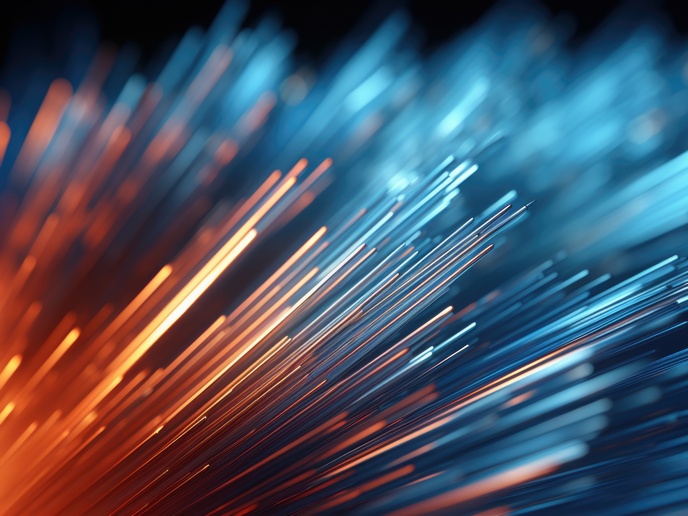Movement in and between living cells
Intracellular transport can be driven by molecular motors or by cytoskeletal fluctuations and flow of the cytoplasm. Interaction of the cytoskeleton in the bulk cytoplasm as well as the cell cortex is a key factor in understanding cell component movement. As little is understood about the process of cytoskeleton-cortex interaction, the BIOMIMETIC-MECHANICS project characterised cytoskeleton mechanics in biomimetic and living systems. Work performed included the development of a theoretical and experimental framework to characterise nonequilibrium activity in living cells and other biomimetic systems. Researchers also developed refined protocols for optical tweezer measurements in biomimetic systems and living cells as well as force measurement experiments on biomimetic systems and developing mouse oocytes. To highlight the importance of active diffusion, a force able to move large organelles, BIOMIMETIC-MECHANICS looked at the positioning of the centrally located nucleus in mouse oocytes. Normally, the centrosome determines the cell centroid but oocytes have no centrosomes. Using live imaging, researchers showed how active diffusion of actin-coated vesicles, driven by myosin Vb, generates a pressure gradient and a propulsion force sufficient to move the oocyte nucleus by making the cytoplasm more fluid. The structure and shape of living cells are primarily determined by biopolymer filaments and molecular motors of the cytoskeleton. Active cell mechanics incorporates active molecular-scale force generation into the framework of mechanics of materials. Using the Langevin framework, researchers measured intracellular mechanical forces to obtain a quantitative understanding of nonequilibrium mechanical activity in living cells. As living organisms are usually out of equilibrium systems, the team used a microscopic model to predict the amount of mechanical energy produced in such dynamics. Tracking micron-sized vesicles in oocyte cytoplasm, they measured the spectrum of dissipated energy. The model is in line with experimental data and can be used to predict energy injection and dissipation scales involved in active fluctuations. BIOMIMETIC-MECHANICS project research results are a very firm knowledge base for an understanding of how mechanics affect cell motility and division. Development of new clinical treatments for cancer based on these findings could be the next step.







